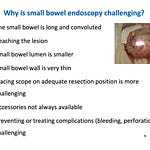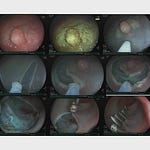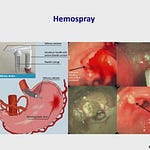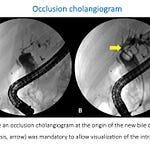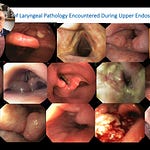👆For non-paid members, the clip above is a free preview. The complete lecture is available to paid members. To see advanced troubleshooting tips, case variations, and a downloadable quick-reference guide based on this video, consider becoming a paid subscriber.
You can subscribe below to watch the full video.
You’ve successfully removed a complex polyp, but you know there’s a chance of residual tissue. You need to mark the spot for a follow-up procedure, but a poorly placed tattoo can cause fibrosis, making that follow-up impossible. Worse, a tattoo injected too deeply can spill into the peritoneum, creating a mess for the surgeon. How can you ensure your endoscopic tattoo is safe, precise, and genuinely helpful for future interventions?
In this breakdown of Dr. Klaus Mönkemüller’s instructional video, we’ll detail the essential tips and tricks for creating the ideal India ink tattoo. You’ll learn the critical “submucosal cushion” technique that prevents dangerous peritoneal injection, understand the nuances of needle priming, and see real-world case applications for everything from small bowel tumors to colon cancer demarcation.
Why We Tattoo: Key Indications
Endoscopic tattooing is a crucial tool for marking lesions, primarily in the colon and small bowel, but also occasionally in the stomach. The core purpose is to leave a permanent mark that aids surgeons in locating lesions intraoperatively. This can be the difference between a major laparotomy and a minimally invasive laparoscopic surgery.
Common scenarios for tattooing include:
Marking lesions for surgery: Aiding surgeons in finding tumors, especially in the long and mobile small bowel.
Pinpointing incomplete resections: Marking the site of an R1 resection so it can be fully addressed in a subsequent procedure.
Locating anastomoses: In patients with surgically altered anatomy, a tattoo can mark a biliodigestive anastomosis to facilitate future procedures like a double-balloon enteroscopy-assisted ERCP (Endoscopic Retrograde Cholangiopancreatography).
Identifying bleeding sources: To mark the location of an atypical bleeding lesion, like a Dieulafoy’s lesion in the stomach, in case of re-bleeding.



